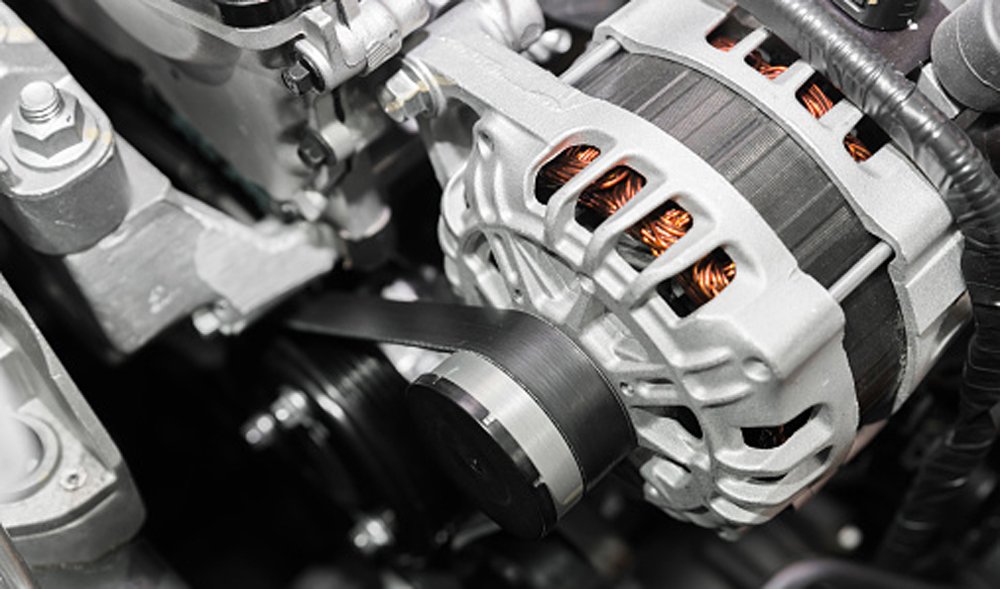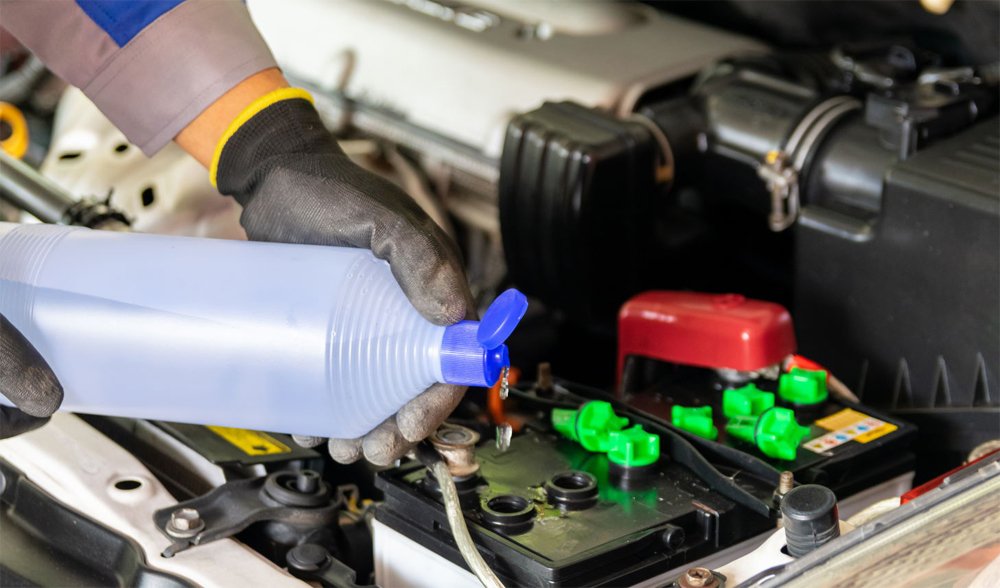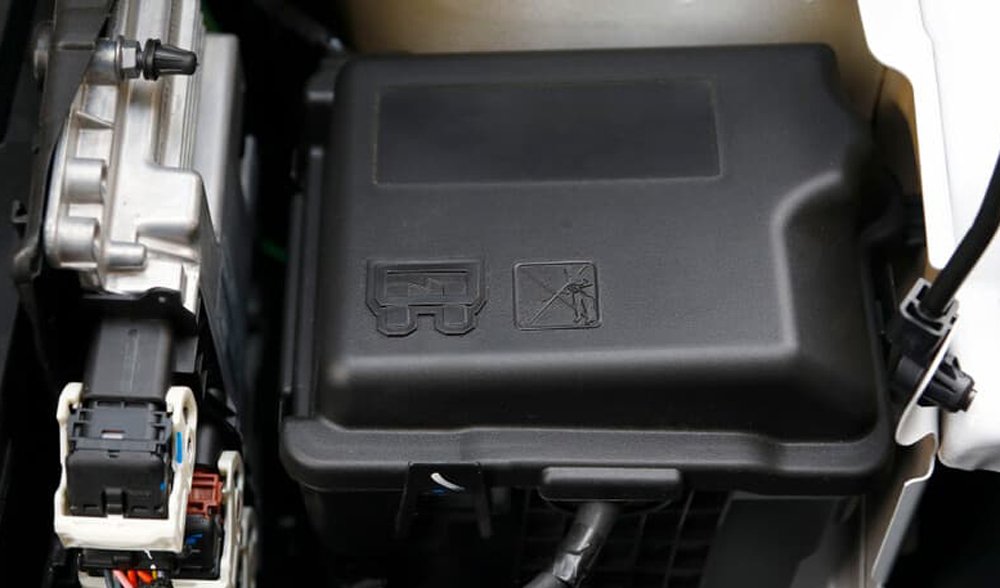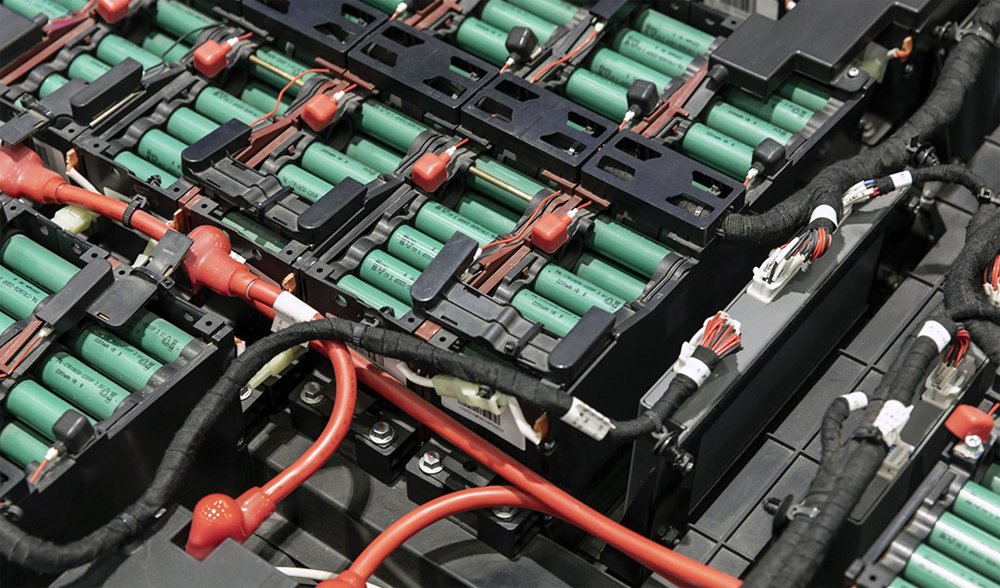A car battery is an essential component to start the vehicle and ensure the normal operation of electric equipment in the car. They make sure that cars can start up smoothly. They powers all kinds of appliances in the car, including headlights, radio, air conditioning, GPS, and so on. Since most of the batteries used in cars are lead acid batteries, except those maintenance-free types, most lead acid batteries require good maintenance in order to work steadily for a long time. Generally speaking, besides the battery failures caused by operation errors, the problems with lead acid batteries are either the battery itself or a faulty charging system. The emergence of car battery problems is mostly a long-term process. By the time when a defect battery which fails to start a car and there are inconsistent headlight and a weakening alarming system, the battery problems have often been going on for a while.
Car battery problems can be explained by a variety of factors. Some of them can be simply treated at home, while for some of the, it is better to consult a professional mechanic. Here are some of the most common reasons why a car battery cannot be charged:
1. The electrical appliances are not completely turned off
The electrical appliances in a car mainly include what has just been mentioned above. They do consume the power from the battery. But their draining of the power should be stopped. To avoid them draining the battery, remember to turn off all electrical equipment every time you leave the car. Those are all electrical appliances that we all can tell. There are also places we tend to overlook, such as the lights in the trunk and the glove box. In most cars, the lights there are set to turn off automatically when the trunk or the glove box is closed. But if they are left on for long time by any faults, they can consume a certain amount of the power in the battery.

2. A faulty AC alternator or belt
The AC alternator in a car plays an irreplaceable role. They charge the batteries and power the headlights, radio, air conditioner and other electrical equipment. They are certainly designed to last longer than lead acid batteries. But the service life of an AC generator is still limited. They usually last for 5-10 years, or 70,000-80,000 km of driving time. If a car is still in use after the failure of an alternator, the result will be that the battery can be quickly drained for not being replenished timely. In addition, a defect diode in an alternator can also prevent the alternating current generated by the alternator from being converted into direct current that will charge the battery. The consequence of this failure is that the battery cannot be charged properly. Sometimes, a generator failure can be caused by a loose belt that connects the generator to the engine. A loose belt can slow down the rotation of the generator and thus make it inefficient to charge the battery. When this happens, the belt needs to be replaced.
3. Loose battery cables or corroded electrodes
Loose cables in car batteries is a common problem, which are often caused by long-term vibration of the engine. Loose cable connection can lead to a poor electrical contact between the battery and the electrical appliances. It can be the reason for the failure in the charging of the battery, the startup difficulties, inconsistent headlights and other situations. The solution to this problem is simple. You only need to reconnect the cable to the battery again and make sure they are firmly connected. If necessary, the cable can be replaced if it has been used for long period of time. It should be noted that to avoid hazards or damage to the battery or even the vehicle, safety considerations should be kept in mind when solving the electrical faults. For example, when disconnecting a battery cable, remember to disconnect the negative electrode first, the one usually marked black.
When solving the problem of loose battery cables, you also need to deal with the corrosion problem of battery terminals. This is because such corrosion can sometimes falsely show the poor performance of the battery. For the corrosion of the battery terminals, you can use a brush and a diluted solution of baking soda. Vaseline can also be applied to delay the corrosion of the electrodes in a lead acid battery.

4. Expired batteries or in poor health
If a car battery exceeds its intended life or is in poor health, it’s not surprising that it can’t be recharged normally. A typical lead acid battery can be used for about 3 to 5 years. Batteries that exceed their expiration date may swell, rupture and even leak. In the daily use of car batteries, many lead acid batteries have a certain sulfation problem due to the neglect of electrolyte level. However, if early measures are taken, the sulfation of batteries can be reduced or even avoided. If this problem is suspected, it is better that the battery can be tested by a professional as soon as possible. After proper treatment, in many cases, the performance of lead acid batteries can be restored or improved to a certain extent.
5. Extreme temperature conditions
Too high or too low temperature conditions will also affect the health of lead acid batteries as well as their normal charging. Extreme temperature conditions do not affect new batteries or batteries in good condition very much. But for old or weak batteries, the affection can be great. The high temperature in summer will cause the accelerated evaporation of electrolyte in the battery, which will further increase the possibility of battery failure. The influence of winter’s low temperatures on a lead acid battery is a decline in the performance of the battery. This is why the electrolyte level of a lead acid battery need to be checked more frequently in the summer, while starting a vehicle in the winter will be more difficult than other seasons. We have covered the topics about the use and maintenance of lead acid batteries in both summer and winter. Just go to Car Battery Maintenance in Summer and Use and Maintenance of a Lead Acid Battery in Winter to learn more.
6. Too much short distance driving
Under normal conditions, the battery in a car can be charged by its alternator while it is on the move. At the same time, the battery is also powering multiple electric equipment. The charging of a car battery needs sufficient driving time. Too much short distance driving gives the battery insufficient time to be charged. That’s why the frequent startup of a car will drain the power in the battery instead of charging it. In the long run, the battery can be damaged. It’s only a matter of time before the problem that the battery cannot be normally charged.

7. ECU malfunction
ECU here refers to the Engine Control Unit. It can be regarded as an onboard computer of a car. The electrical system of the car is usually managed by this computer system. If there is a problem with the ECU, even if the battery is in good condition, there will be abnormalities in the charging of the battery. If a car fails to start for an unknown reason, the Check Engine Light is on and the engine is stalling, it is most likely that there is an ECU problem. When faced with this kind of problem, the battery should be checked and diagnosed by a professional mechanic before it can be used again.
8. The wrong types of car battery charger
The final reason why a battery cannot be charged is the type of the charger. We have introduced the necessity of a car battery charger in our previous blog: Why Do We Need a Car Battery Charger? If you choose to use a battery charger to charge or maintain the battery, it will be necessary to check whether the charger matches the battery type and voltage or not before the operation. Except for those battery chargers that support both types of batteries, the charging of lead acid batteries and lithium batteries often requires the selection of the battery chargers that match the battery types. After selecting a charger that matches the battery, remember to make sure the electrodes and the crocodile clips are correctly matched. Otherwise, choosing a battery charger that doesn’t match the battery will not only fail to charge, but also may damage the battery. For more information about the use of battery chargers for lead acid batteries, please check: Precautions for the Use of Lead Acid Battery Chargers.

